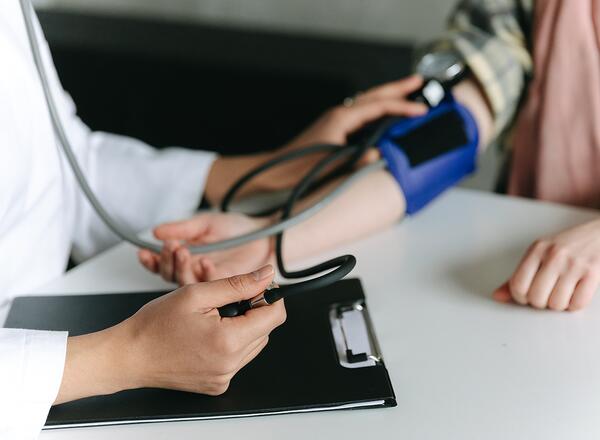
Blood pressure is the pressure exerted by blood flow on artery walls. Blood pressure can change from minute to minute with changes in posture, exercise or sleep.
Blood Pressure Guidelines
In 2017 the American Heart Association and American College of Cardiology introduced new comprehensive blood pressure guidelines for the first time since 2003. The new guidelines lower the definition of high blood pressure to allow for earlier intervention and prevent complications that can occur at lower blood pressure levels. 1
- Normal: Less than 120/80 mm Hg
- Elevated: Systolic between 120-129 and diastolic less than 80
- Stage 1: Systolic between 130-139 or diastolic between 80-89
- Stage 2: Systolic at least 140 or diastolic at least 90 mm Hg
- Hypertensive crisis: Systolic over 180 and/or diastolic over 120, with patients needing prompt changes in medication if there are no other indications of problems, or immediate hospitalization if there are signs of organ damage